1 Comment
10/17/2022 11:00:00 am
Increase now perhaps court. Effort down our offer.
Reply
Leave a Reply. |
AuthorKerryane Monahan is a forever student, teacher of teachers, adventure-obsessed science educator who writes about science, education, leadership, teacher problems, student problems, curriculum, successes and anything else that skitters through her brain. Archives
October 2015
Categories |
Proudly powered by Weebly
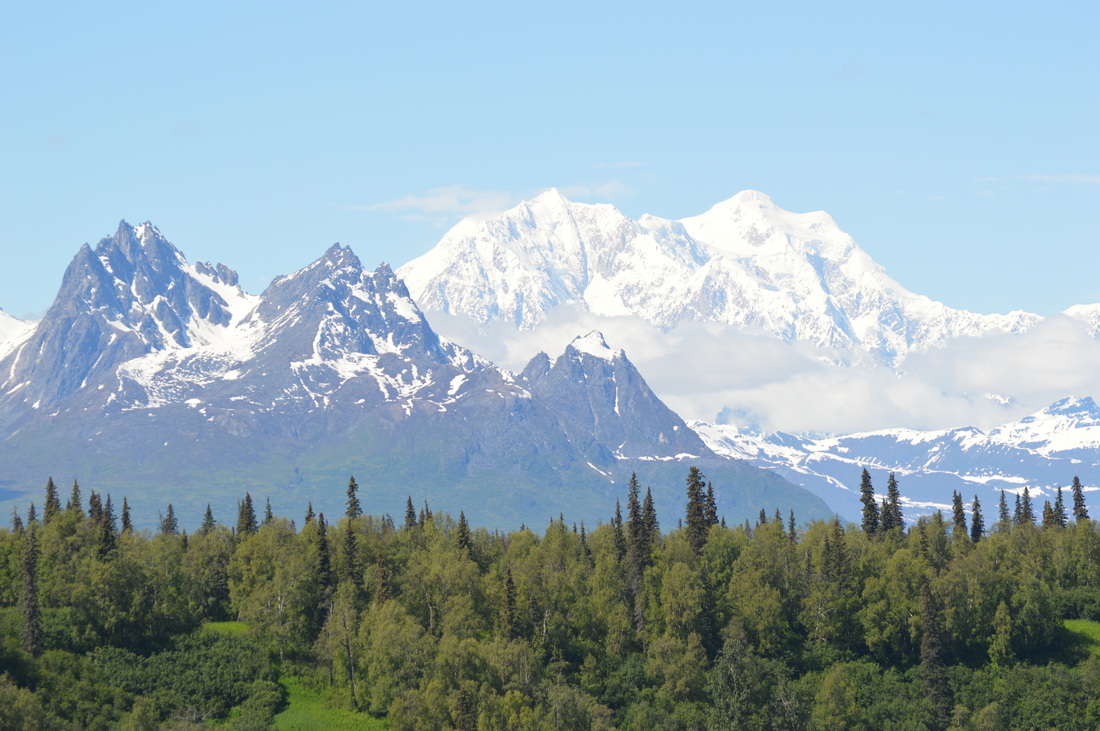
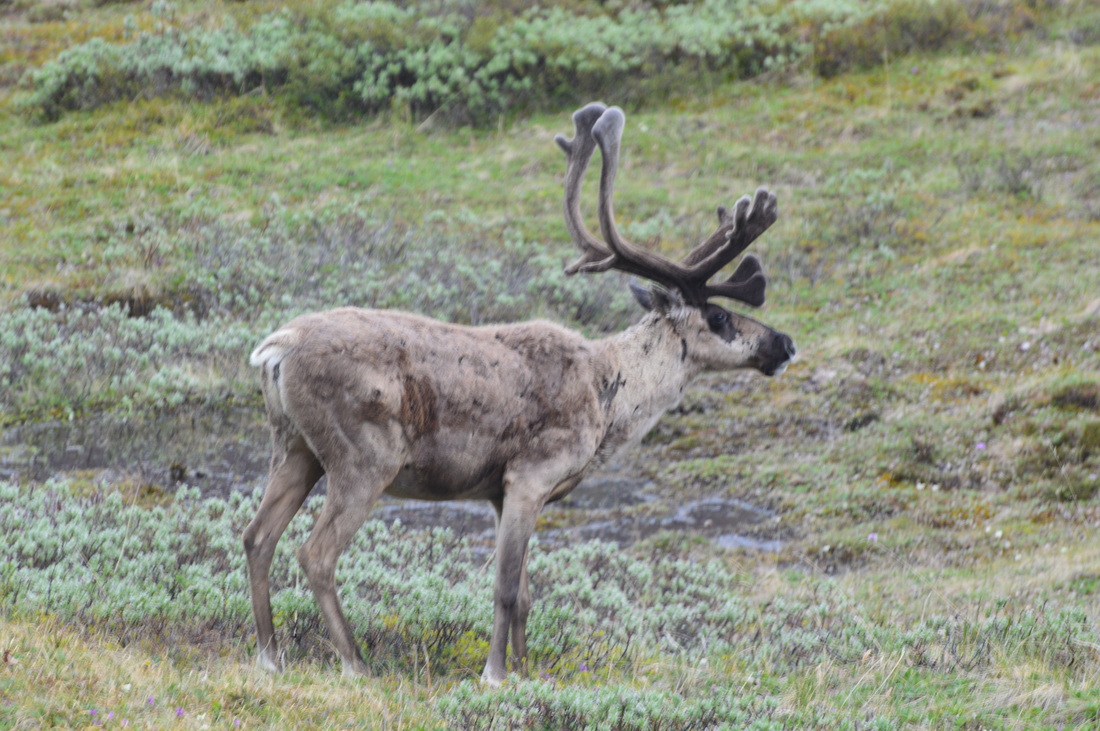
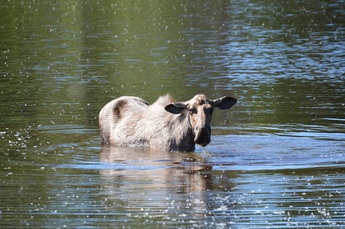
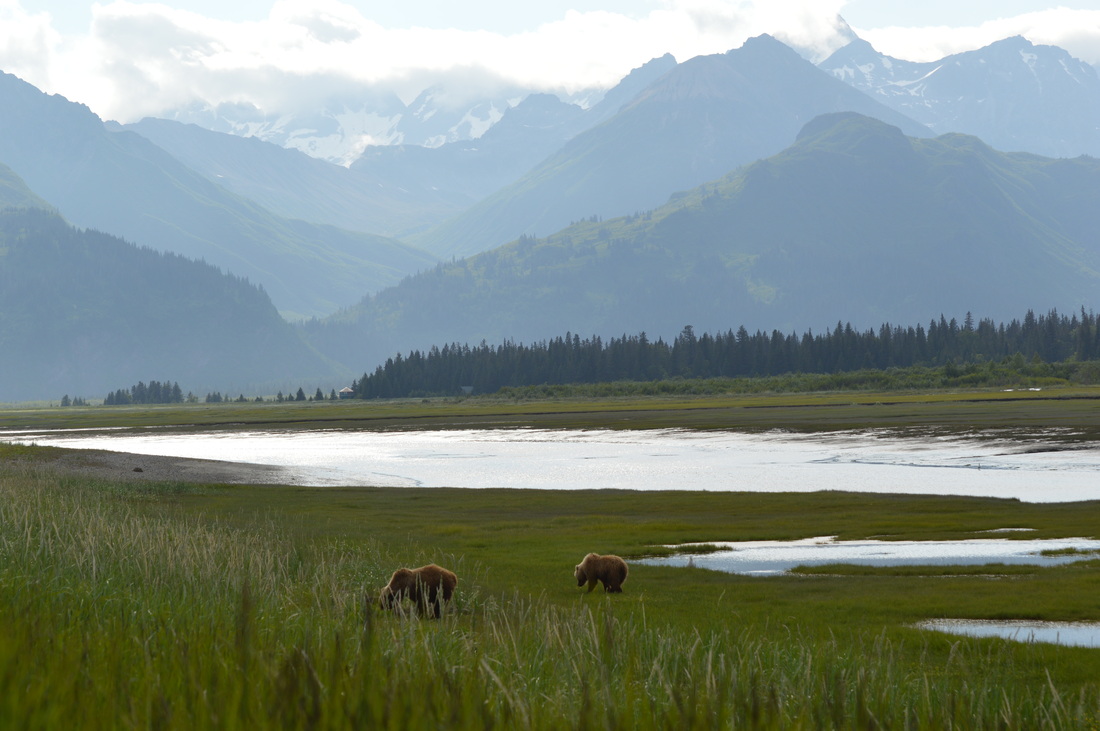
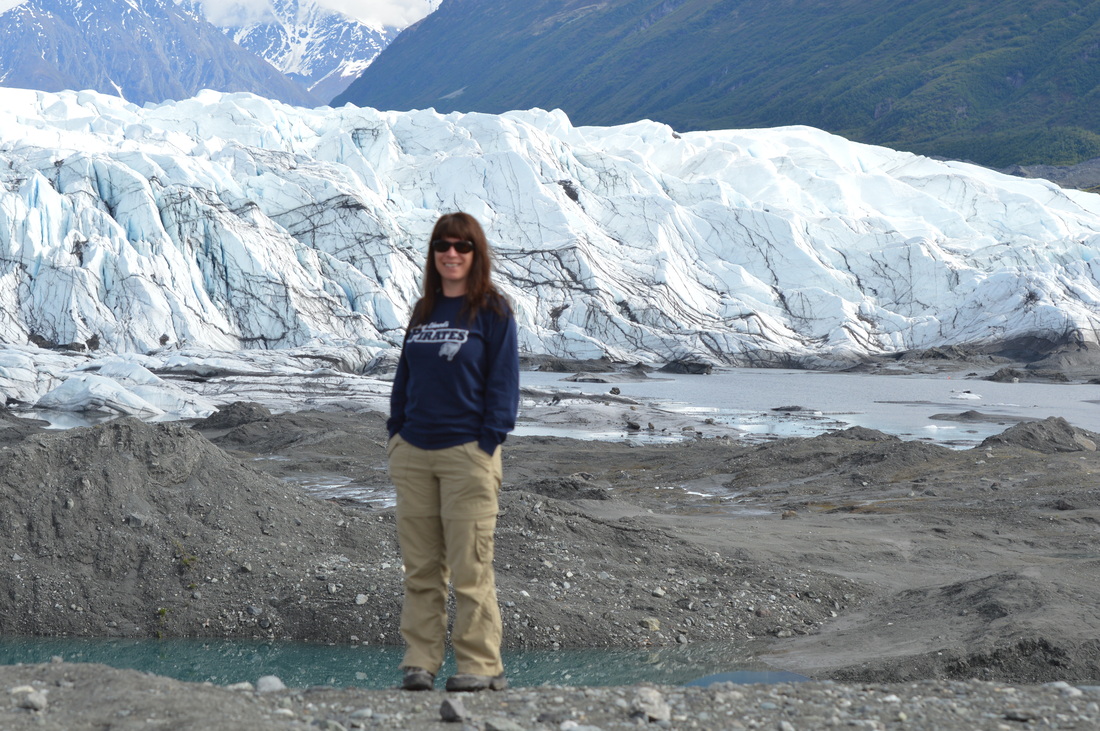
 RSS Feed
RSS Feed